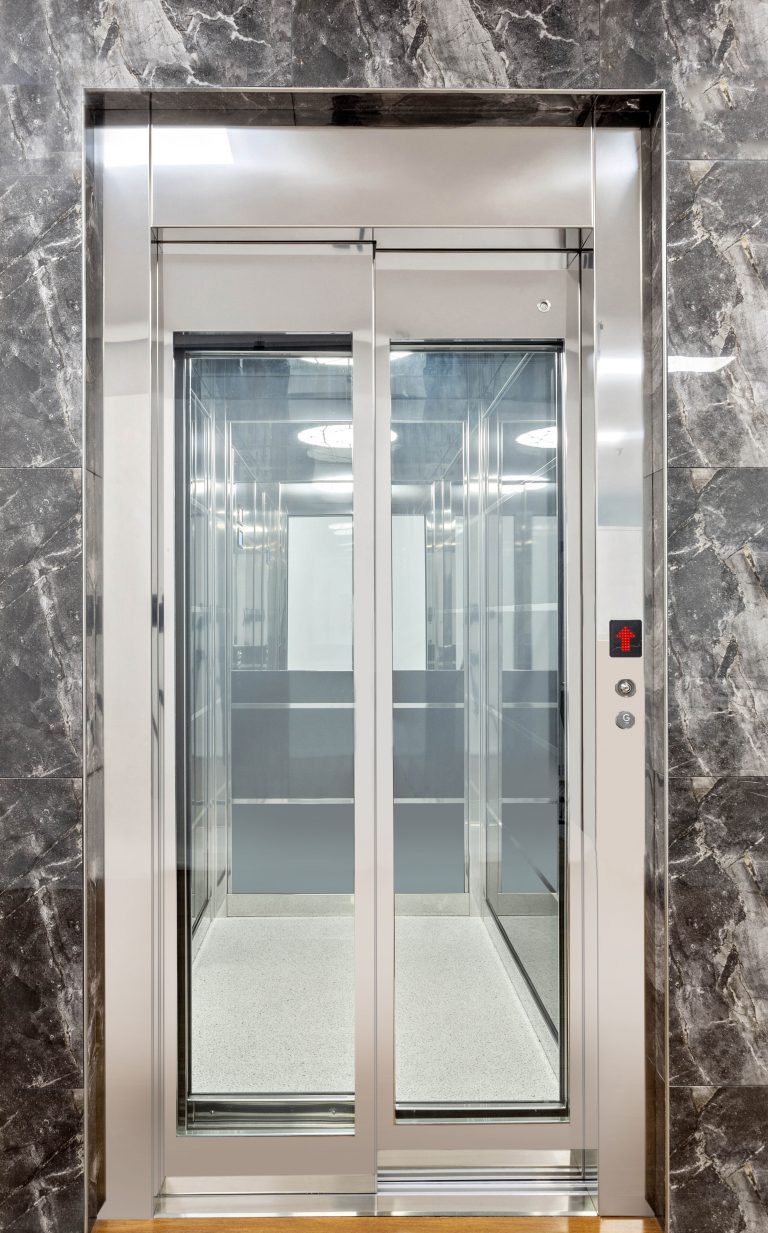We Maintain Lifts to the Greatest Criteria: Reliable Solution for All Lift Types
We Maintain Lifts to the Greatest Criteria: Reliable Solution for All Lift Types
Blog Article
Exploring the Globe of Elevators: Typical Problems Encountered by Different Lift Systems
As we browse via the vertical transport systems of modern-day structures, lifts stick out as a vital component of our every day lives. Nevertheless, behind their smooth operation lies a globe of intricate mechanisms that can often come across challenges. From hydraulic lifts to traction systems and machine-room-less layouts, each lift kind features its set of usual issues. Recognizing these difficulties is vital for making sure the smooth performance of these essential systems. Allow's discover the complexities that underlie the procedure of elevators and the potential issues that can arise, shedding light on the elaborate web of lift systems.
Hydraulic Elevators
Hydraulic lifts, frequently favored for low-rise buildings, make use of fluid pressure to manage the motion of the lift cars and truck (lift repair companies). This system involves a hydraulic pump pushing oil into a cylinder, causing the elevator to move in the desired direction. While hydraulic elevators are understood for their smooth and quiet procedure, they do come with their very own collection of common concerns
One common problem with hydraulic elevators is oil leakage. Additionally, problems with the control system, such as damaged valves or a malfunctioning pump, can trigger disruptions in the lift's motion.
Routine maintenance and punctual repair work are essential to make sure the smooth performance of hydraulic elevators. By attending to these usual concerns proactively, building owners can lessen downtime and make sure the safety and effectiveness of their vertical transport system.
Grip Lifts
When taking into consideration vertical transportation systems in buildings, one more common kind besides hydraulic elevators is the traction lift. Traction elevators operate using a system of ropes and counterweights that relocate the lift car by gripping onto the hoist ropes. This mechanism enables for smoother and much faster upright transportation compared to hydraulic systems.
Among the typical problems dealt with by traction elevators is rope wear. The consistent activity of the ropes within the grip system can lead to damage gradually, possibly creating the lift to malfunction or become hazardous for use. Routine inspections and maintenance of the ropes are important to make certain the lift's correct functioning and safety.
Another concern that traction lifts may encounter is associated with the control system. Issues with the control system can bring about concerns such as erratic activity, delays in action times, or also full shutdowns. Routine testing and maintenance of the control system are critical to avoid such problems and make certain the elevator's reliability.
Machine-Room-Less (MRL) Elevators

One of the key components of MRL elevators is the compact gearless grip machine that is mounted within the hoistway. This device successfully drives the lift car without the requirement for large equipment found in traditional traction elevators. Additionally, MRL elevators commonly utilize a weight system to balance the vehicle, see additional boosting their power performance.
Despite their benefits, MRL lifts may deal with difficulties related to repair and maintenance due to the constrained area for devices setup. Ease of access for servicing parts within the shaft can be limited, calling for specialized training for technicians. Appropriate upkeep routines and regular evaluations are essential to make sure the continued smooth operation of MRL elevators.
Overloading and Weight Limit Issues
Straining and weight restriction problems are vital problems in elevator procedures. Elevator manufacturers layout raises with specific weight capabilities to ensure passenger security and devices durability.
When lifts are strained, it places excessive pressure on the electric motor, wires, and various other elements, possibly creating malfunctions or malfunctions. Security devices such as sensing units and overload sensors remain in area to avoid elevators from relocating if they discover excess weight. Furthermore, exceeding weight limitations can bring about increased energy intake and deterioration on the elevator system.
To mitigate overloading issues, developing managers must plainly display weight restrictions in elevators and educate owners on the importance of sticking to these restrictions - lift repair companies. Normal maintenance checks More hints by certified specialists can also help guarantee that lifts are running within risk-free weight criteria. By dealing with overloading and weight restriction problems proactively, building proprietors can enhance elevator safety and effectiveness
Electric System Failings
Exceeding weight restrictions in elevators can not just lead to mechanical concerns however likewise potentially add to electric system failings within the lift infrastructure. Electric system failings are a critical issue in elevator operation, as they can create unforeseen closures, breakdowns, or also safety threats.
Routine upkeep and inspections are important to determine and address possible electrical issues promptly, guaranteeing the risk-free and reliable operation of lift systems. By sticking to weight restrictions and conducting routine electric system checks, structure proprietors can reduce the threat of electric failings in lifts.
Verdict

Hydraulic lifts, frequently favored for low-rise buildings, use fluid pressure to control the activity of the lift car.When considering upright transportation systems in structures, an additional typical type aside from hydraulic elevators is the traction lift. Traction lifts run using a system of ropes and weights that relocate the lift cars and truck by grasping onto the description hoist ropes. Unlike conventional lifts that require a different maker area to house the tools, MRL elevators incorporate many of the parts within the shaft, eliminating the demand for a committed device space.In conclusion, elevators face usual problems such as hydraulic malfunctions, grip system failings, and electrical system problems.
Report this page